It’s August 17 and I just caught a ride into town for a cybercafé fix. Yesterday was my dad’s 82nd birthday. Happy day, Dad!! I got a ride to town yesterday too but the internet was down all over town…and now I’ve been in Kenya for TWO WEEKS and let’s see if I can get a word sent! If not, maybe I’ll have better luck in the coming week…which will take me to Tanzania where I will find two sister sojourners…H & H!!
To those of you who have shared this blog address with others, thank you! Blogging is a strange thing for a one-to-one person to be doing, but I’m not able to keep in touch as I’d like because online time is such a scarce commodity (and there’s no internet at all where I’m staying these days). I did succeed in pulling up my email account the last time I was in town, i.e., in Kitale, at a cybercafé with no coffee but lots of avid browsers. However, only a few email messages were able to load in the one hour before the cybercafé closed. The whole world may be connected but not at high speed! The IT guys here at this cybercafé have helped me as much as they possibly can. They’ve put me at a station on the outdoor balcony, let me plug in to their Cat-5 cable, configured my laptop, and pulled a canvas curtain around me to block the glare of the sun. But an email containing a couple photographs takes 30 minutes to load – if all else is going well. So patience is not an option. It’s a necessity. Maybe I’ll get lucky and the rest of my incoming emails will load…S-L-O-W-L-Y…while I’m here today.
So what am I doing in Kenya? I’m at Manor House Agricultural Centre (http://mhacbiointensive.org/) covering some events happening here. Manor House is a working farm and it’s also an agricultural college where people come to learn about biointensive agriculture, which uses methods like deep soil preparation and close spacing of plants to produce high yields even on small plots of land. It was founded in 1984 through its connection with Ecology Action, a U.S. nonprofit organization that promotes sustainable agricultural practices for small-scale farmers all over the world. Since so many people in Kenya and elsewhere in Africa grow their own food, the methods that Manor House teaches are ideal for this continent where people have limited resources but strong desire to build a future.
Last week, Manor House hosted about 140 Africans who came to meet and learn from John Jeavons, the American man who founded Ecology Action's sustainable mini-farming program and helped birth GROW BIOINTENSIVE gardening in Africa. This is the first time John has come to Africa, but it’s clear to me that the people here have loved and respected him for a long time. His weeklong workshop included theoretical sessions on topics ranging from water conservation to crop rotation, and hands-on sessions in the gardens where John and Manor House staff built a compost pile and demonstrated how to double dig the soil.
The participants – who have come from Uganda, Tanzania, Rwanda, Ethiopia, Madagascar, and Zambia as well as Kenya – are practicing farmers, teachers, community leaders, and current Manor House students. For me, they are an inspiring group of people who, along with John, are opening a window to the kind of gardening I want to do.
The workshop wrapped up last weekend with field trips to some of the extension centers where Manor House graduates teach people in their own villages about biointensive gardening. These places are models of community action, with gardens where maize, sorghum, and millet are grown as staples, and chard, carrots, potatoes, onions, and lots of other vegetables are grown to feed the participating families and to sell for income as well. The gardens are beautiful as well as bountiful and have become a way of life for the many people who have learned this way of growing crops. The three gardens right here at Manor House have incredibly tall maize and all kinds of other crops, some familiar to me and some – like amaranth – new. Since I grew up in corn-growing Nebraska, I love eating ears of roasted maize here in Kenya, which women vendors sell by the roadside. And I love eating the organic tomatoes and cabbage and steamed leafy greens that are served in the Manor House dining room every day.
This week Manor House is hosting a Pan-Africa agriculture symposium, another big event that has kept many of the workshop participants here for a second week and brought some new participants from agriculture NGOs (non-governmental organizations) and community programs. The conference room has been packed with east Africans who are brainstorming strategies for teaching and promoting sustainable farming in Africa. In between sessions, we talk, eat, and have a lot of fun.
The goal of John Jeavons and of Manor House here in western Kenya is to teach others how to grow crops sustainably even in the face of water scarcity and reduced arable land, conditions likely to intensify in the future. Small networks of people scattered around the continent are promoting agricultural methods that work for subsistence farmers. Their commitment is palpable and they are acutely aware of the challenges. They know that chemical fertilizers and genetically modified seeds are not the long-term solution nor is reliance on outside sources. And though this part of Kenya is the granary for the rest of Kenya, many parts of Africa do not have the rainfall and fertility that bless this province.
My role here as resident writer is one of those serendipitous things. Last winter one of Marion Owen’s weekly columns in the Kodiak Daily Mirror mentioned biointensive gardening and its founder John Jeavons. I don’t know Marion well but she’s an amazing Alaskan gardener, and her column led me to google GROW BIOINTENSIVE on precisely the same day that I started my search for volunteer work in Africa. (This is what one does on dark January days on Kodiak Island.) At http://www.growbiointensive.org/, the link to international partners popped out at me. I called Marion to ask if she knew anything about the biointensive programs in Africa and she suggested I call Ecology Action in California. When I did so, they suggested I email Manor House. So last February I wrote to this place in Kenya to inquire about volunteering with gardening or whatever they needed. Nyongesa, the acting director, emailed me back (now I understand why it took a couple of weeks to hear back from him). He wrote that Manor House did take volunteers but he wasn’t sure how they could best use my skills during the time of my proposed visit. He suggested I contact them later. But by the time I left Alaska in June, I had plans to stay in Uganda after the wedding and work with the Rakai project.
I’d nearly forgotten about Manor House when an email from Nyongesa arrived during my last week at Lyantonde. He told me about their upcoming events and said they needed a writer for the purpose of producing a report and maybe a newsletter. He asked if I was still willing to volunteer.
The signs of a path dropped gently into place are unmistakable.
An early morning Akamba bus – kind of a Ugandan Greyhound – took me east out of Uganda the day after my Lyantonde students gave me a heart-warming farewell. Rather than flying into Nairobi as so many Americans do, I entered Kenya by walking across the border from Tororo to Malaba then I got back on the bus with a bunch of Africans and one other muzungu – a young guy from Minnesota. I got off at Bungoma and caught a second bus that took me to Kitale town, then a local taxi carried me over the final, bumpy ten kilometers to Manor House. Even Eddie the taxi driver told me about the beans and maize he grows!
Before leaving Uganda, I told Nyongesa on the phone that I’d like to stay right on the farm, so I’ve been in a room with a big window facing east that looks out past the clotheslines to pastures and trees and the distant rolling hills. I fall asleep to rainfall lots of nights and wake up before the sun streams in. Geese forage in the yard and hens and chicks wander everywhere. My very first morning (while eating an egg and toast and drinking fresh passion fruit juice) I saw some of the farmhands walk past the dining hall carrying chickens by their feet. Then a couple more guys carried out a cauldron that sent steam into the morning air. It reminded me of being on my grandparents’ farm when I was a little girl. Food doesn’t get any fresher than what we’ve been eating here!
Though my role is to write about what’s going on, it’s pure bonus to be learning about sustainable, organic gardening and to be meeting the people who are gathered in this spot. My new friend Anastacia is a Manor House graduate who lives in the Maasai village of Narok. Her son Ambrose is a current student here. Esther lives right in Kitale and I’ll visit her garden before I leave Kenya. Of the four people here from Uganda, Josephine runs a program in Masaka which is just an hour away from Lyantonde, and Beatrice runs a program in Kabale. Amy, a photographer from Canada, is here with John to cover the events with her camera, so I’m part of a team – with John, Amy, Nyongesa, Emmanuel, Joshua, and so many others.
My day starts early with an hour or so at my laptop and then at 6:30 I slip out of my room to head to the soccer field where I meet Jane for a run. Jane is Kenyan, and about twenty years younger than I am, and we share a love for that early morning time. We made the plan at supper one night last week and since then have shared a sunrise run every morning. I wouldn’t be out there if it weren’t for her, and she probably wouldn’t be there without me. The only other people up at that hour are the kitchen staff and a farmer called Jeph, carrying pails of milk from the barn to the kitchen, while the roosters strut around crowing and the sun lifts itself above the acacia trees.
The dining staff – a wonderful group of waiters who are here to serve the hundred or so people staying in the guesthouses and dormitories – feed us a big breakfast (and morning tea, and lunch at about 2, and afternoon tea, and supper at 8), and we are in session all day in the conference center. Some days I think my laptop will burn up from the hours of input, but all those tea breaks give my keyboard and fingers a break and keep everybody alert. Not to mention the African singing (which automatically means moving the body) that someone jumps up to lead at the start of each session.
I wish Julie, the farm manager at the Rakai project, could be here. She would have so much to share with this network of people and to receive from them as well. But it’s a tribute to Manor House that so many did make it. The donor funding that made these events possible is small by western standards, but the positive exchange happening every day is boundless. If the future can be shaped by community energy and traditional wisdom mixed in with twenty-first century savvy, the soil will still be feeding the grandchildren of the people gathered here this week. But it will take a lot of work and all the help any of us can offer.
Friday, August 17, 2007
Subscribe to:
Post Comments (Atom)

.jpg)






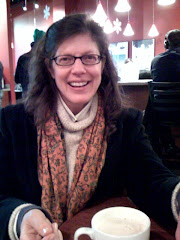





.jpg)

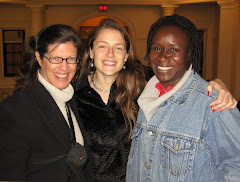.jpg)


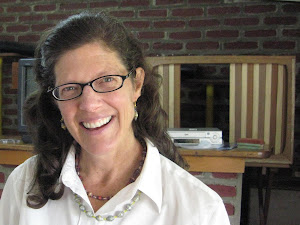.jpg)

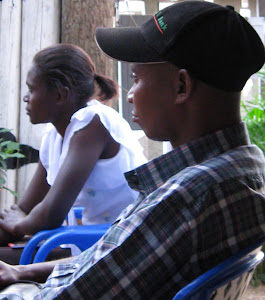.jpg)
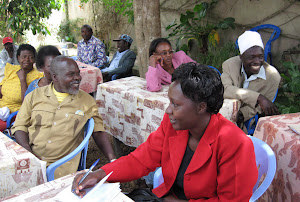.jpg)
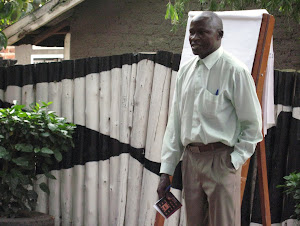.jpg)















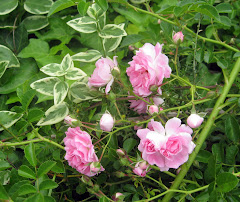












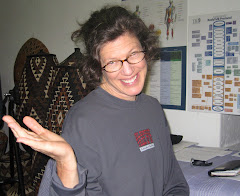



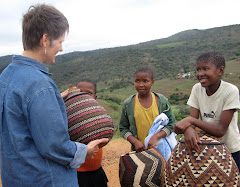.jpg)




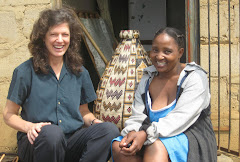










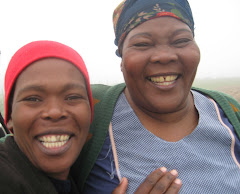.jpg)

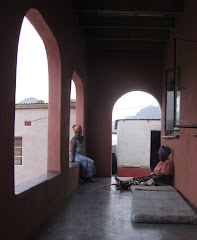.jpg)

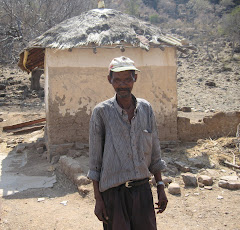.jpg)
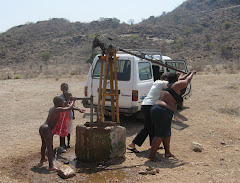.jpg)
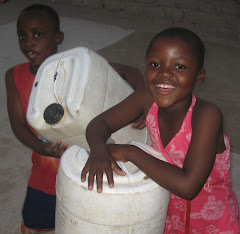.jpg)
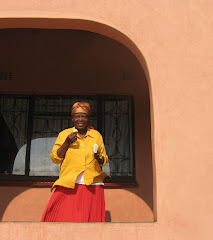.jpg)

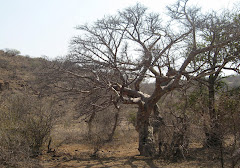.jpg)



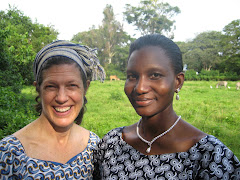



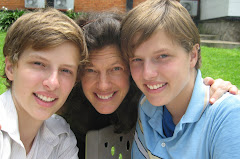.jpg)
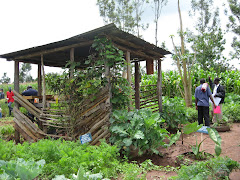
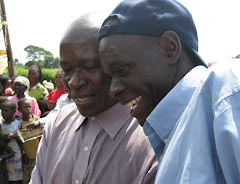.jpg)

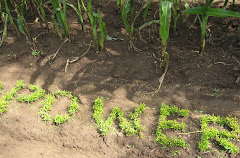.jpg)
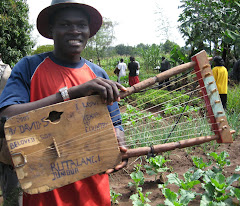.jpg)





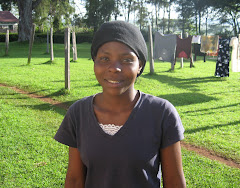.jpg)



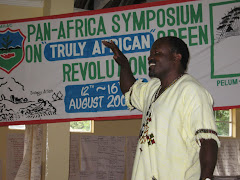

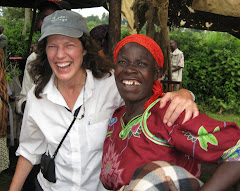.jpg)
















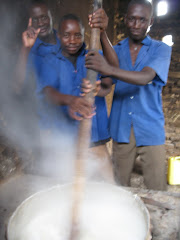.jpg)










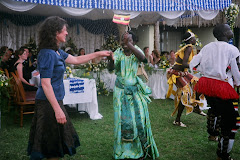.jpg)
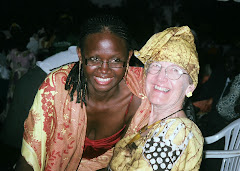.jpg)




2 comments:
So nice to hear from you and live through your descriptions!
The blended book now called Slingerland Teaching Guide is progressing but slowly. You don't need to rush home because of that.
Indeed! "The signs of a path dropped gently into place are unmistakable."
We just never know, do we? I hope you don't mind, but I snagged one of your photos that I especially like, although I like all of them. xoxo
Post a Comment